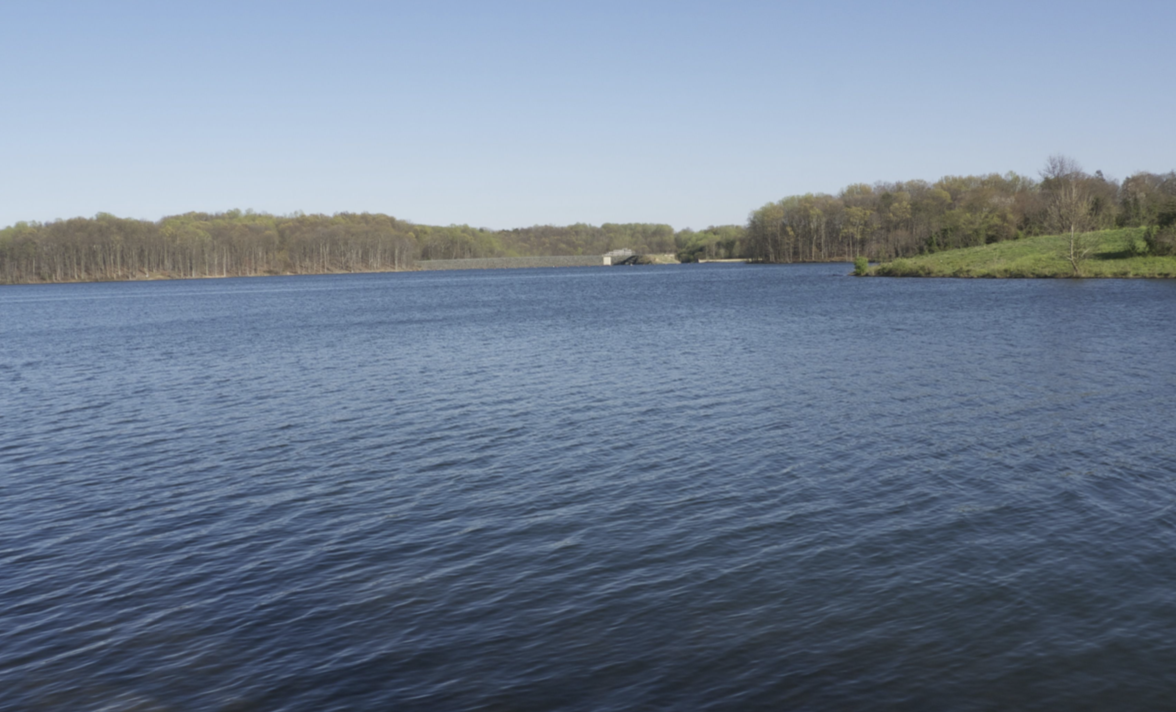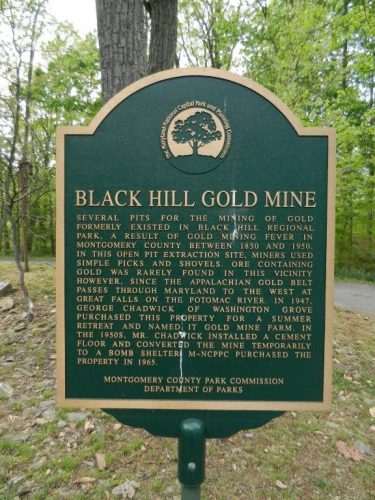Maryland Cricket Premier League and Montgomery Parks is hosting the 5th Annual MCPL Rang Aur Patang Utsav 2022 on April 23rd, 2022 – 11am Onwards @ Black Hill Regional Park
“Please join us with your friends and family for this fun filled event which includes, Live Entertainment by DJ, Kids Activities, Non-Toxic Colors, Indian Kites and Manjha (without glass powder so safe for all) and lot more…!!!
If you have young children, then do not worry because we will have tons of entertainment for our little ones!!!”
Kites, Colors and Indian Snacks will be available for purchase at reasonable price.
MCPL asks any interested parties to contact them for more information, vendor inquiries and sponsorship opportunities.
Tickets can be purchased here.


By Susan Soderberg
Families picnicking, children cavorting on the playgrounds, teens paddling around the lake in kayaks and fishermen dropping their lures hoping for a bite, summer is here at Black Regional Hill Park. Black Hill and Little Seneca Lake, forming the northern border of Germantown, is a well-used recreational area, especially on these hot summer days. But the lake was not created only for having fun. It is an emergency water supply for the Washington Suburban Sanitary Commission, the Washington Aqueduct, and the Fairfax County Water Authority in Virginia.
Little Seneca Lake is fed by the flow from Little Seneca Creek and its two main tributaries, Ten Mile Creek and Cabin Branch (“branch” being another word for stream). Native Americans used these waterways for fishing and had hunting camps in the surrounding hills. The first European settlers set up many mills along the fast-flowing streams. Farms were built and the little village of Ten Mile Creek had a school and Pyles grist and saw mill. After the train came through in 1873 people would come up from Washington in the summer to vacation in the country at several hotels in the area. One hotel on Ten Mile Creek that was not affected by the creation of the lake because of being situated on high ground is the 22-room High View Hotel, now a county historic site.
The story of the park and the lake goes way back to the 1960s when the Maryland-National Capital Park and Planning Commission (M-NCPPC) started buying up land around streams in Montgomery County to protect the watersheds and manage the resources of the county. Beginning in 1968, with the help of the Soil Conservation Service, the county surveyed the creeks and streams and developed a plan. The Seneca Creek watershed, and especially Ten Mile Creek were identified as particularly sensitive areas. A 1974 study of Ten Mile Creek showed that its species diversity was one of the highest of small steams in the county with three threatened species of fish: cutlips minnow, comely shiner and rosyside dace.
A Master Plan was developed for the Seneca Creek watershed in 1977, which included a multi-purpose reservoir. This coincided with a major water shortage in the Washington, DC-metropolitan area in the mid-1970s. So, in 1978 the county got together with the Washington Suburban Sanitary Commission (WSSC) and agreed to enlarge this lake and have it as an emergency water supply for the WSSC Potomac River intake. A steering committee was formed of engineers, environmental consultants, geo-technical consultants and government representatives to plan the park and lake.
After a plan was made it was presented to the public at a public hearing. After approval approximately 1,680 acres of land were acquired and the construction of the dam was begun. Twenty-one families were displaced, four dairy farms lost, Rt. 121 had to be redirected and a new bridge built over the forming lake. Of historic sites, one prehistoric site, a one-room schoolhouse and a log slave cabin were lost to the slowly inundating waters, as well as the home and farm of James Boyd, for whom the town of Boyds is named.
As to the benefits, besides an emergency water supply, Little Seneca Lake provides a recreational area, a warm water fishery, flood control, the reduction of sediment, and a new tax base of homes built near the lake to take advantage of the recreation and environment. In addition, the dam, completed in 1984, includes a cold-water release structure that allows water from several levels of the lake to be discharged into the spillway. Consequently, the temperature of the water can be regulated. Cold water coming from the bottom of the deep lake is released during the summer, allowing trout, seeded in the spring, to survive and grow. Wildlife abounds in the 2,000-acre park with beaver, deer, eagles, and many other kinds of birds and waterfowl.
The surface area of the lake is 505 acres and it can be as deep as 68 feet and it holds about 4.5 billion gallons of water. The lake is stocked for recreational fishing. Fish species found in the lake include largemouth bass, tiger muskie, channel catfish, sunfish, and crappie.
The emergency water supply has only been used once since the Lake was created. That was in the summer during the drought of 1999. Hopefully, it will not be needed again in the near future. The Lake and Park provide a wonderful place to escape the summer heat and have a good time, and this will last well into the future.
Many people have wondered how Black Hill Park got its name. Well, it was named after the Black Hills of South Dakota, famous for its gold mines in the 1870s. Was there gold in what is now Black Hill Park?
By Susan Soderberg (President, Germantown Historical Society)
When George Chadwick bought a farm north of Germantown in 1947, the last thing he expected to find was gold. But as he surveyed his new property he found numerous deep pits, which he found out after talking to his neighbors, were gold mines. The locals also said that they never heard of any amount of gold coming out of these mines.
Nevertheless Chadwick named his place Goldmine Farm.
The land had been in the Waters family since the 1790s and was named William and Mary for William and Mary Waters, parents of the Waters brothers who settled here.
George was more interested in dairy farming than in mining for gold, so he filled in all the holes, except for one, which he turned into a bomb shelter. This surviving gold mine now sits opposite the house that he built from local fieldstone that now serves as the Park Office for Black Hill Regional Park. Montgomery County purchased Goldmine Farm from Mr. Chadwick in 1965 and it now makes up almost half of the park.
Gold fever hit Montgomery County after the Civil War. A group of Union soldiers from California discovered flecks of gold in the sand near their camp at Great Falls while washing their dishes. They did not tell anyone about their find at the time, but came back to the area after the war and quietly bought up land and formed the Maryland Mining Company. This first company never found much gold with its single shaft, but later shafts dug by other companies in the area produced a fair amount of gold. There was also a gold mine over in the eastern part of the county near Olney – on Gold Mine Road.
The underground rock formation that the gold was found in is called the Appalachian Gold Belt and extends all the way from Georgia to Maryland. Fingers of this formation extend throughout Montgomery County. No commercial mines like those at Great Falls and Olney were established in this area, but there are several places where people tried panning for gold in the streams or digging pits with picks and shovels wherever the right type of rock was found.
The right type of rock is schist mixed with veins of quartz. This is the kind of rock making up the walls of the walls, 10 feet by 10 feet, of the 20-foot deep pit in front of the Chadwick house. It is not known how far back the gold mining pits at Black Hill Park were dug, but, judging by the size and evidence that they were dug without machinery, they may date back to the late 1800s or early 1900s. Many people have searched, but no one has been able to find any gold recently at Black Hill Park. If there ever was any gold, it has long since been found and taken away.
You can see the historic marker and the sealed opening of the last mine at Black Hill Park across from the Park Office off the main entrance road.
After retiring from farming George A. “Jay” Chadwick lived in Boyds until his death in 2001. He was intensely involved with the Boyds community, helping to found Boyds Credit Union, a day care center and a local organization for underprivileged youths. A former lawyer, he donated many hours of service to the Boyds Civic Association.


